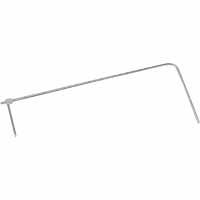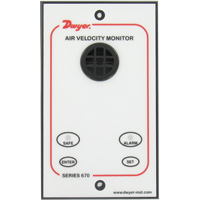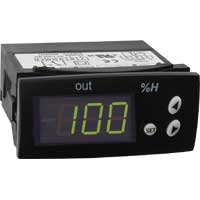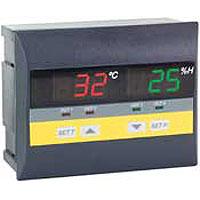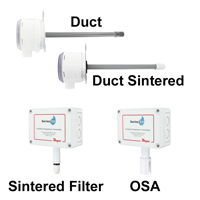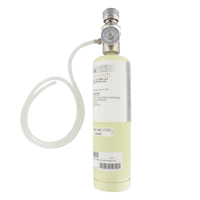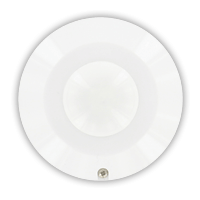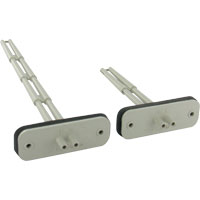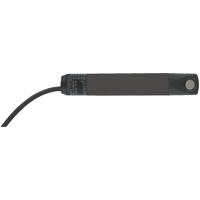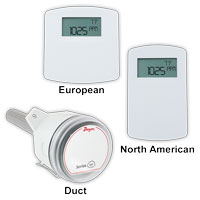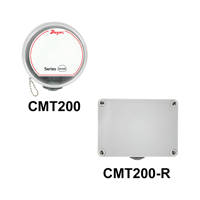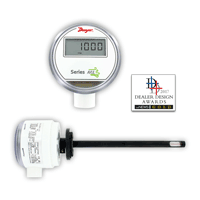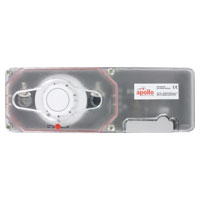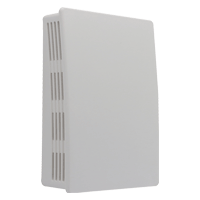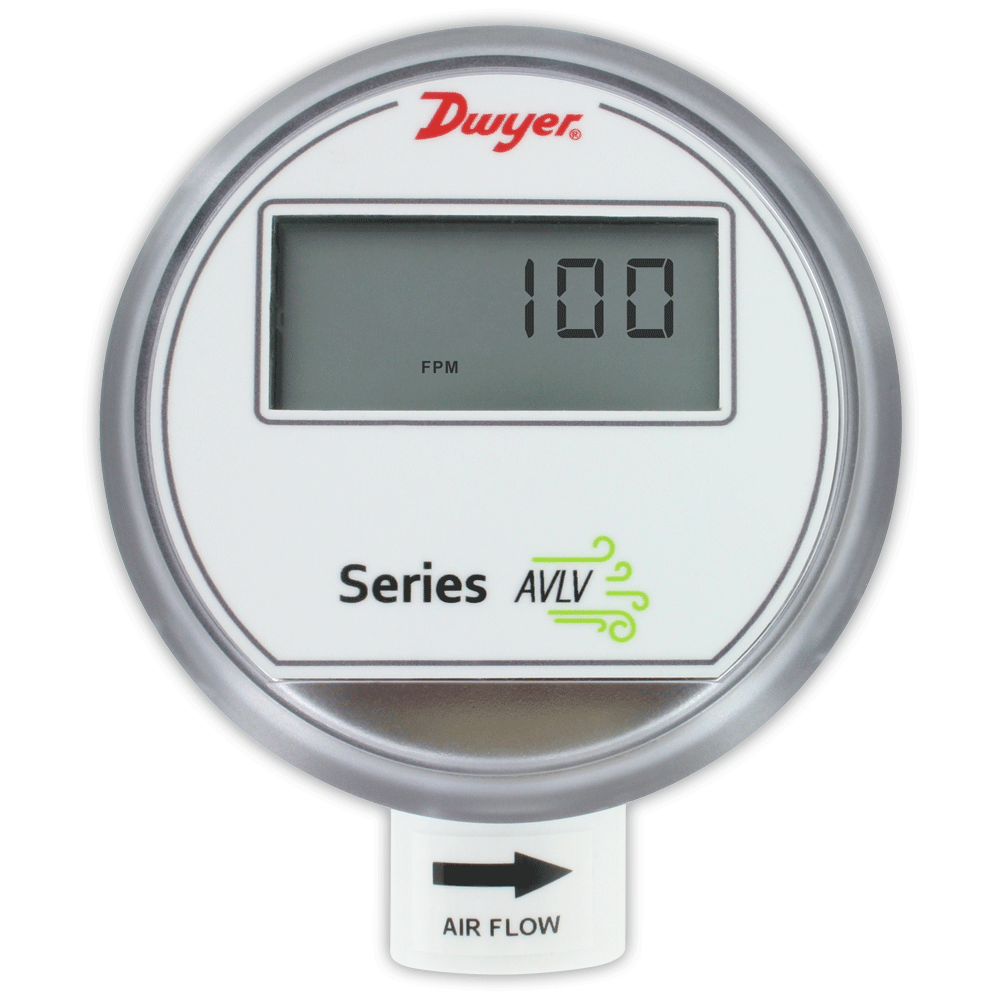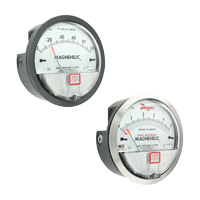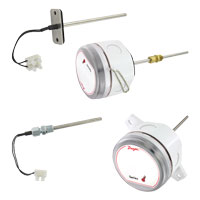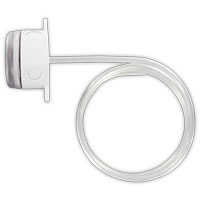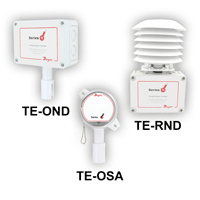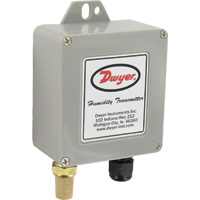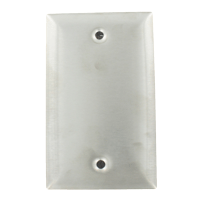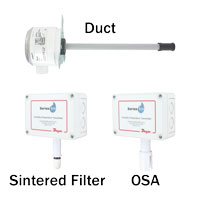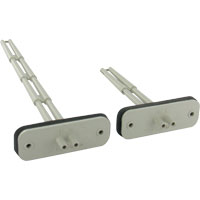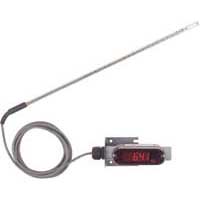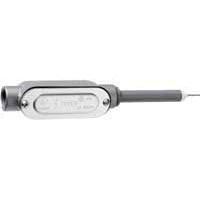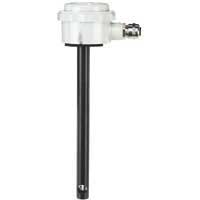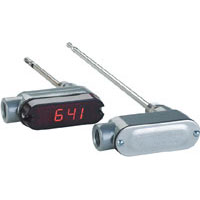We use cookies to make your experience better. By using our site, you consent to cookies. Learn more.
Air Quality
Air quality instrumentation is used to monitor and improve the quality of air in an environment and is integrated into an HVAC system. Air filters, flow switches, velocity transmitters, carbon dioxide transmitters, carbon monoxide transmitters, flow sensors, fume hood monitors, occupancy sensors, pitot tubes, and switches/transmitters for temperature/humidity are available.
MOST POPULAR
Questions
- Question
- How do I hook up my Magnehelic® gage for an air velocity application with a pitot tube?
- Answer
- In our Application Guides on flow products, we explain very well how to take air velocity readings. The total pressure connection on the pitot tube is connected to one of the high pressure ports on the gage. The other high pressure port is plugged. The static pressure connection on the pitot tube is connected to one of the low pressure ports on the gage. The other low pressure port is plugged.
- Question
- How many wires do the RTD versions of the TE Series Temperature Sensors have?
- Answer
- The TE Series Temperature Sensors are all two-wire sensors for both the thermistors and RTD’s.
- Question
- What purpose does the sintered filter perform on the RHP transmitter and does its use preclude adding the LCD option? Is it recommended when transmitter is located just after blower but before cooling coil?
- Answer
- The sintered filter is recommended in applications where you expect to be close to the temperature limit of the RHP (near 140°F) because the sintered filter has higher temperature resistance than the standard fiber membrane filter. You can order the sintered filter version with or without an LCD screen.
- Question
- My quesiton is regarding PAFS-1000 series averaging flow sensor. Is the K factor provided in the instruction manual a direct multiplier to the velocity measured? i.e. v_actual = v_measured * K.
- Answer
- You are correct. V_actual = V_measured * K.
- Question
- We have recently replaced a Dwyer air velocity transmitter (PFS1300204) with a Dwyer Series 641. The new sensor works fine for only a few days and then starts reading almost no flow. These devices are used in an Air Scrubber application (exhaust stack). Is this the right application for the Series 641? I suspect that moisture might be the issue, but I cannot confirm.
- Answer
- I do not think you are using the 641 series air velocity transmitter in an appropriate application. Any moisture or particulates in the exhaust could be causing damage to the hot wire sensor, leading to the failure. The difference in the sensors is probably why you got longer life out of the PFS series, which unfortunately, is no longer available. The PFS series used a glass filled polyester sensor, which is a little more robust and can with stand the elements a little better. In your specific application, you might take a look at our 641B series which uses a heated mass flow sensor which can be used in dirty air environments.


